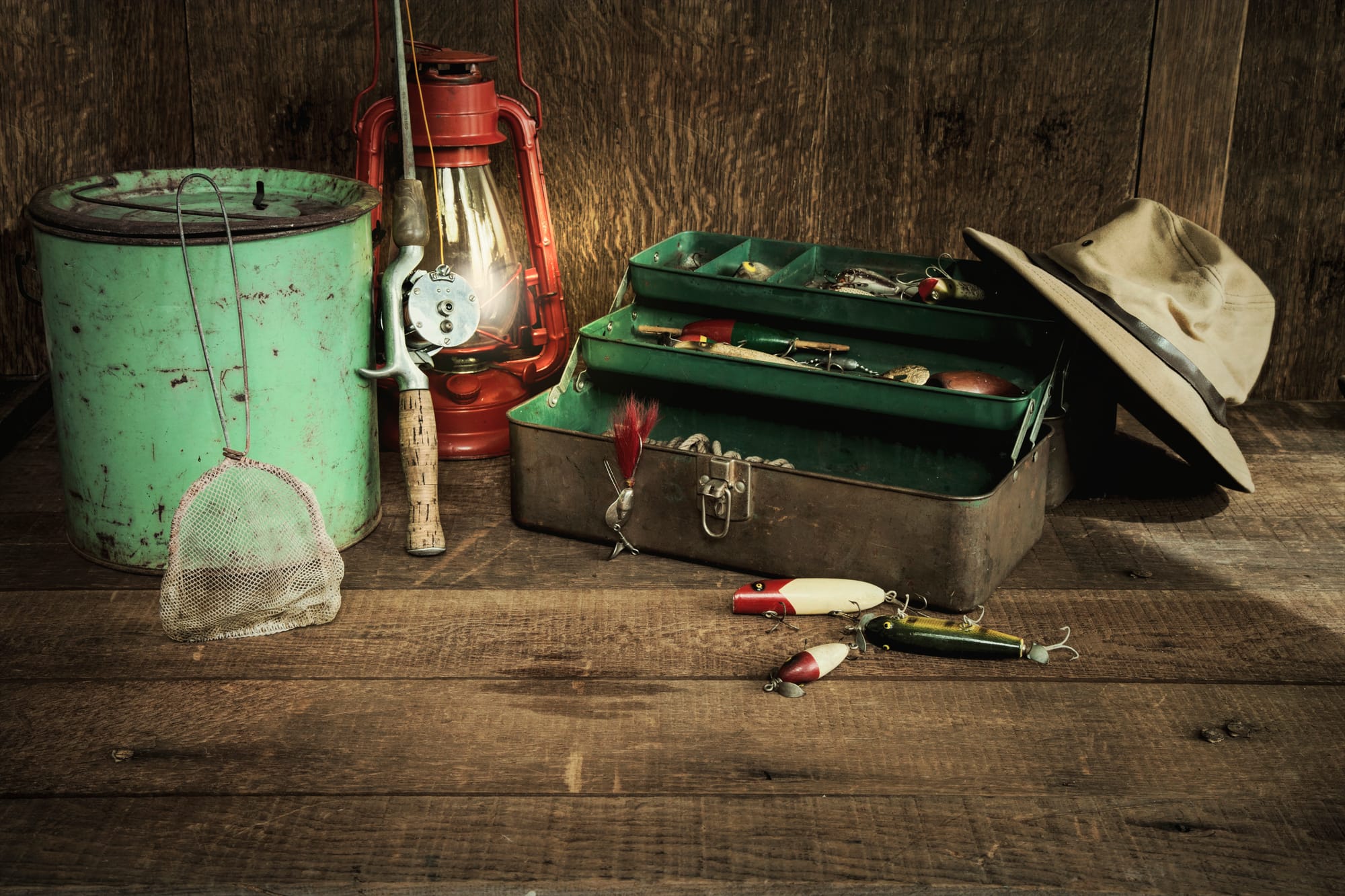How to Tell if Your Vintage Fishing Rod is Valuable

How to Tell if Your Vintage Fishing Rod is Valuable
Fishing is a pastime that connects people to nature and tradition. Over the years, collectors and enthusiasts alike have developed a growing interest in vintage fishing rods. For some, these rods carry sentimental value, while for others, they are prized collectibles worth significant sums. If you’ve come across an old fishing rod and suspect it might be worth something, evaluating its value can be both fun and rewarding. Here, we’ll share a list of tips to help you figure out whether your vintage fishing rod might be a hidden treasure.
1. Research the Manufacturer
One of the first steps to evaluate a vintage fishing rod is to identify the manufacturer. Certain brands are more sought-after than others because of their craftsmanship, rarity, or historical significance. Look for markings, brand logos, or model names engraved on the rod or its components.
Brands like Hardy, Orvis, Leonard, and Heddon are known for producing high-quality rods. If your rod comes from one of these manufacturers, its value might already be higher than average. A quick online search can help provide more information about the brand’s history and its popularity in the market.
2. Check the Rod’s Material
Another factor that significantly impacts the value of a vintage fishing rod is the material it’s made from. Older rods were commonly crafted from bamboo, fiberglass, or early graphite. Among these, handcrafted bamboo rods—especially split cane bamboo rods—are highly prized by collectors due to their beauty, durability, and the skill required to make them.
To determine the material of your rod, examine its surface texture and color. Bamboo rods typically have a golden hue and reveal intricate craftsmanship, while fiberglass has a smoother and glossy finish. If the rod is bamboo and in excellent condition, it’s likely much more valuable than other materials.
3. Assess the Rod’s Length and Configuration
The size and configuration of a vintage rod can also affect its value. Many older rods were designed for specific fishing techniques, such as fly fishing, baitcasting, or trolling. Fly rods, for example, often hold a higher market value than other types of fishing rods due to their historical appeal and their association with sport fishing traditions.
Measure the length of the rod and note how many sections it comes in (e.g., two-piece or three-piece). Longer rods or those with detachable components are more desirable to some collectors, as they can reflect innovative design or practicality for travel. If your rod’s length and configuration align with popular collecting niches, it could increase its worth.
4. Inspect the Condition
As with most collectibles, condition is critical when assessing value. A fishing rod in pristine or near-perfect condition will generally be worth more than one that shows significant wear and tear. Look for signs of damage, such as cracks in the rod, missing guides, frayed wraps, or water damage. Conversely, original finishes, intact wraps, and well-preserved components can enhance its appeal.
Pay close attention to the guide eyes along the rod, as these are crucial components that can degrade over time. If they’re intact and rust-free, it’s a positive sign. If the rod has been professionally restored, make sure the work was done with period-accurate materials and techniques, as this can further impact its value.
5. Look for Unique Features
Does your rod have any standout characteristics? Unique features, such as unusual hardware, rare grips, or custom details, can make a rod more desirable to collectors. For instance, rods with elegantly designed reel seats, exotic wood handles, or intricate engraving may fetch a higher price.
Some older rods were also produced in limited editions or custom-made by artisans, which increases their collectible value. If you notice any distinguishing design elements, be sure to document them, as they could set your rod apart from more common models.
6. Check for Original Accessories
Original accessories, such as rod tubes, carry bags, or even vintage reels, can enhance the value of a vintage fishing rod when sold as a complete set. Collectors value rods that include their original packaging or accessories, as it adds to the historical integrity of the item.
Check your rod for anything that might have come with it, and verify if the accessories are also in good condition. Having the original maker’s rod tube with labels intact could substantially increase the value of the rod when listed for sale.
7. Determine the Rod’s Rarity
Rarity plays a huge role in the valuation of collectible items, and fishing rods are no different. If your rod is part of a limited production run, a discontinued line, or a model that’s not often found, it will likely be more valuable.
Consult vintage rod catalogs, reference books, or online forums to determine how frequently the model appears on the secondary market. If your rod is hard to come by and in great condition, it could attract a premium price.
8. Verify the Age
The age of your vintage fishing rod helps establish its value. Older rods from the late 19th or early 20th century are particularly desirable, especially if they were manufactured during a time when fishing innovation was on the rise.
Use any markings, serial numbers, or brand details on the rod to track down its production date. Vintage fishing rod collectors often favor pieces within a certain age range, so knowing this detail can help you market its appeal or find the right buyer.
9. Consult a Professional Appraiser
If you struggle to determine the value of your vintage rod on your own, consider seeking help from a professional appraiser or an experienced collector. Experts in vintage fishing tackle can provide detailed evaluations and market insights, especially for rare or high-value pieces.
They’ll also be able to inform you whether your rod is worth restoring or if it’s better left in its current condition. Often, appraisal services are well worth the cost if they help you maximize your rod’s value.
10. Check the Market Demand
Finally, the overall demand for vintage fishing rods in the market will play a role in determining your rod’s worth. Browse online marketplaces like eBay, Etsy, or specialized fishing forums to see what similar rods are selling for. Keep an eye on auction results to get a sense of current trends.
Even if your rod is rare or in excellent condition, its value might depend on how much collectors are willing to pay at a given time. Understanding market demand helps you make informed decisions about when to sell or whether to hold onto your rod until interest grows.
Conclusion
Determining the value of your vintage fishing rod is a process that requires observation, research, and appraisal. By inspecting its manufacturer, material, age, condition, and unique features, you can gain insight into its potential worth. Accessories, rarity, and market demand further contribute to its value, so paying attention to these factors is crucial.
Whether you’re a devoted fishing enthusiast or just stumbled across an old rod in the attic, learning about its history and characteristics can make the experience rewarding. With a bit of effort and curiosity, you may discover that your vintage fishing rod is not only valuable financially but also a fascinating piece of angling history.


